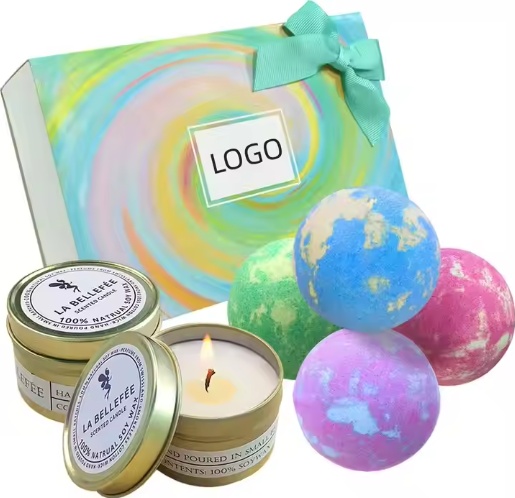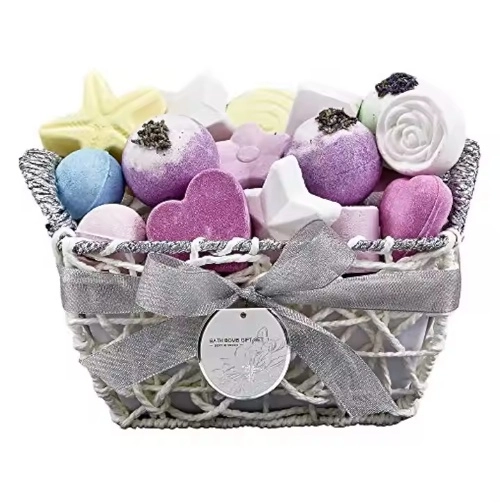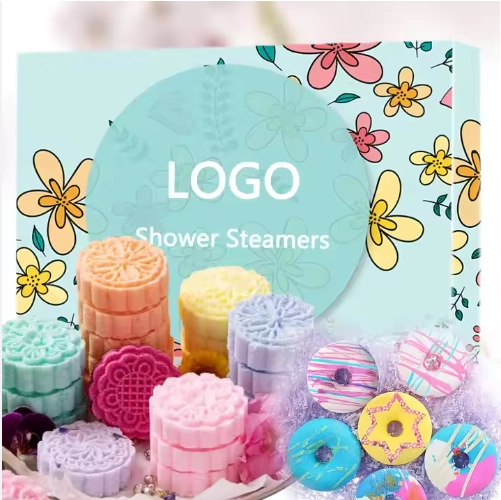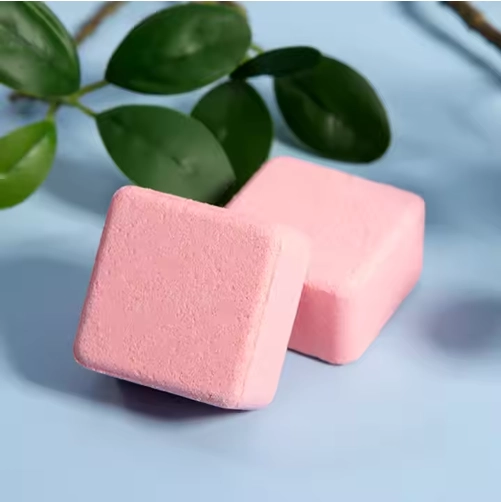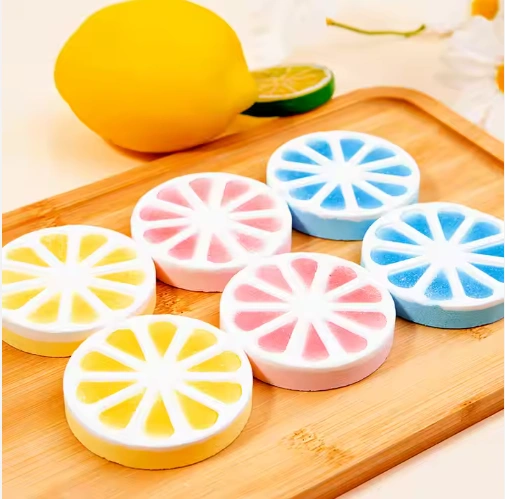What is a Bath Bomb?
Bath bombs, also known as bath fizzers, are dry ingredients designed to effervesce once in contact with warm water. Once it hits the water, it releases Essential Oils, scents, colors, and bubbles to elevate your bath experience. Bath bombs can help condition the skin and soothe sore muscles. Additionally, they may help detox and relax the body and mind. The great thing about bath bombs is that they contain the precise amount of oils and bath salts that you would normally have to purchase separately. Not only does using bath fizzers speed up the bath time process, but they also make the experience so much better.
Ingredients:
- Baking soda
- Citric acid
- Epsom Salts
- Fragrance oils
- Colorants
- Surfactants
Composition:
A bath bomb causes bathwater to fizzle. Bath bombs' primary ingredients are a weak acid and a bicarbonate base. These are unreactive when dry but react vigorously when dissolved in water to produce their characteristic fizzing over a period of several minutes. This is an acid-base reaction that involves the conversion of citric acid and sodium bicarbonate to monosodium citrate and carbon dioxide:
The other ingredients in bath bombs can vary considerably. However, most contain scented ingredients and dye to impart a pleasant fragrance and color to bathwater. Lathering agents, such as sodium lauryl sulfate, are also often added to create bubble foam.
Can You Make A Bath Bomb Without Citric Acid
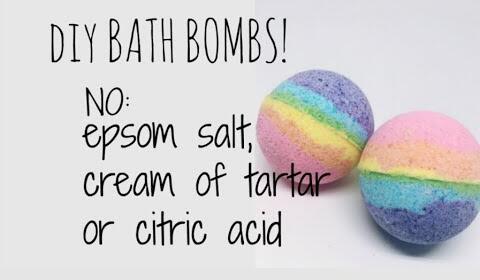
Bath bombs usually require baking soda and citric acid as the main ingredients because they react in water to create bubbles of carbon dioxide that give a bubbling effect. If citric acid is missing, a substitute will need to be found, but the substitute may not be able to replicate the same reaction exactly. At this time, it may be necessary to consider other acidic ingredients, or to change the function of the bath bomb, such as only moisturizing and no bubbles.
Possible alternatives include tartar powder (potassium bistartrate), an acidic substance commonly used in baking that may react with baking soda. However, the dosage may need to be adjusted, as the acidity varies. In addition, lemon juice or other citrus juices contain citric acid, but because they are liquid, they may affect the texture of the bath bomb, causing premature reactions or becoming moist and clumpy. It may be necessary to adjust other liquid components of the formula, such as reducing the amount of water or oil.
How To Make Bath Bombs Without Citric Acid
Start out by gathering your supplies. You'll want to pre-measure and have everything ready before you start. Once you begin, the whole process goes quickly, and you don't want to scramble for an ingredient. Here's what you'll need:
- 1 cup baking soda
- 1/4 cup cream of tartar
- 1/2 cup cornstarch
- 1/2 cup Epsom salt
- 2 tsp essential oil
- 2 1/2 tbsp coconut oil
- 1-2 drops food coloring (optional)
- Silicone mold
- 1 tbsp water (as needed)
1. Combine the Dry Ingredients
In a glass bowl, combine baking soda, cream of tartar, cornstarch, and Epsom salt. Mix together thoroughly with a whisk. You really need to make sure that everything is combined properly. For this step, you don't want to use a plastic bowl. Some experts think that the plastic can mess with the wet ingredients. Fair warning: bath bombs are really finicky. This means you can't just toss ingredients into a bowl, you need to be as precise as possible.
2. Combine Wet Ingredients
In a smaller bowl, combine the coconut oil, food coloring, and essential oils. Whisk them all together. You might notice after mixing that the food coloring isn't completely blended into the oils. If that's the case, don't worry; just do your best.
3. Combine Wet with Dry Ingredients
Drizzle the wet ingredients into the dry ingredients slowly while mixing constantly. You don't want to dump the wet ingredients in too quickly, which could start a fizzy chemical reaction. Mix thoroughly until there are no big lumps, and the mixture resembles damp sand. If you grab it with your hand and squeeze the mix should hold its shape.
4. Press Into Molds
Now, this might be a little controversial, but making round bath bombs can be really challenging. We know some people might debate this, but we've made a lot of bath bombs, and it's hard to make a version that doesn't crumble. So instead, we've found it easier to use a silicone mold. Not only are the bath bombs easier to remove once they're more stable and dried out, but you can make multiple simultaneously. When working with these molds, you will want to press them firmly into the mold. Really push down hard so you're packing the bath bomb mixture into each mold—this will help keep them together.
5. Remove from Molds
Then, we like to pop the mold into the fridge for a few hours to help set it up. Once they seem pretty dried out and solid, remove the bath bombs from the mold and let them sit overnight to finish drying out.
Once they're done, they're yours to use! You can also wrap them in pretty tissue paper and gift them to friends and family.
Send Inquiry

